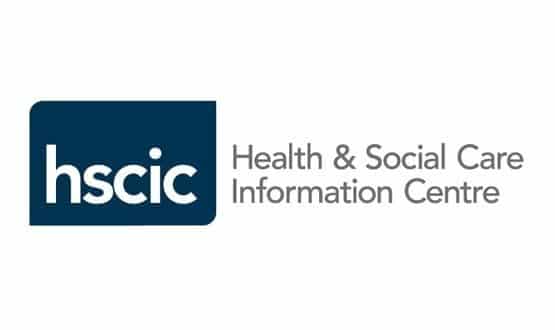HSCIC starts SUS and Care ID transfer
- 19 February 2015

A “lift and shift” of two key Health and Social Care Information Centre services, moving them in-house, will give the organisation greater control over their functionality, it has said.
The HSCIC’s Care Identity Service and Secondary Uses Service are both this week being transferred from their expiring service contract with BT to one that the HSCIC manages and controls.
The Care ID Service, currently known as the Identity Access Management Service, enables any organisation that uses Spine services to authenticate a care professional’s identity using Smartcards and allow them to refer patients, book appointments, and upload and review clinical information.
SUS was set up as part of the National Programme for IT in the NHS to provide data for planning, commissioning, management, research and audit, and it supports Payment by Results.
The Care Identity Service transfer will start today and be finished by Tuesday, while the SUS changeover will run from tomorrow until 3 March.
Rob Shaw, HSCIC’s director of operations and assurance services, said there will be only a short outage to the Care ID Service at 7.30pm on Saturday for a maximum of 15 minutes, preventing user access during that period.
“We’ve cut down the impact on users to a bare minimum… [because] we need to provide the service for as long as possible and not have it down for a full weekend.”
Shaw said SUS will be unavailable for the duration of the transition, due to the need to migrate 80 terabytes of data from BT to the HSCIC’s own data warehouse.
The date of the SUS changeover was chosen to minimise impact on service users, taking place after the deadline for trusts to submit their monthly activity data.
“There’s never a good time to take the systems down, but we wanted what would be the date with the least impact for us to transfer it out.”
Shaw said moving the services in-house will “open up opportunities” for the HSCIC to improve them and add functionality.
“When we were with BT, obviously the cost and time and pace of the changes were restricted, but we’ll now have some opportunities to be more proactive to the needs and concerns of systems users.”
Shaw said the transfer will largely be a “lift and shift” of existing services with minimal changes to begin with, although there will be an upgrade of the Oracle database and some interface changes.
“Our definition of success is that we migrate away from the existing supplier and the impact on our customers is minimal – the timescales for implementing some [new functionality] will depend on whether we have any issues around the go-live.”
Matt Gaffney, a technical delivery manager at HSCIC, said the organisation has done several “dress rehearsals” for the SUS changeover, with BT to process all final exchanges from trusts over the course of the weekend.





